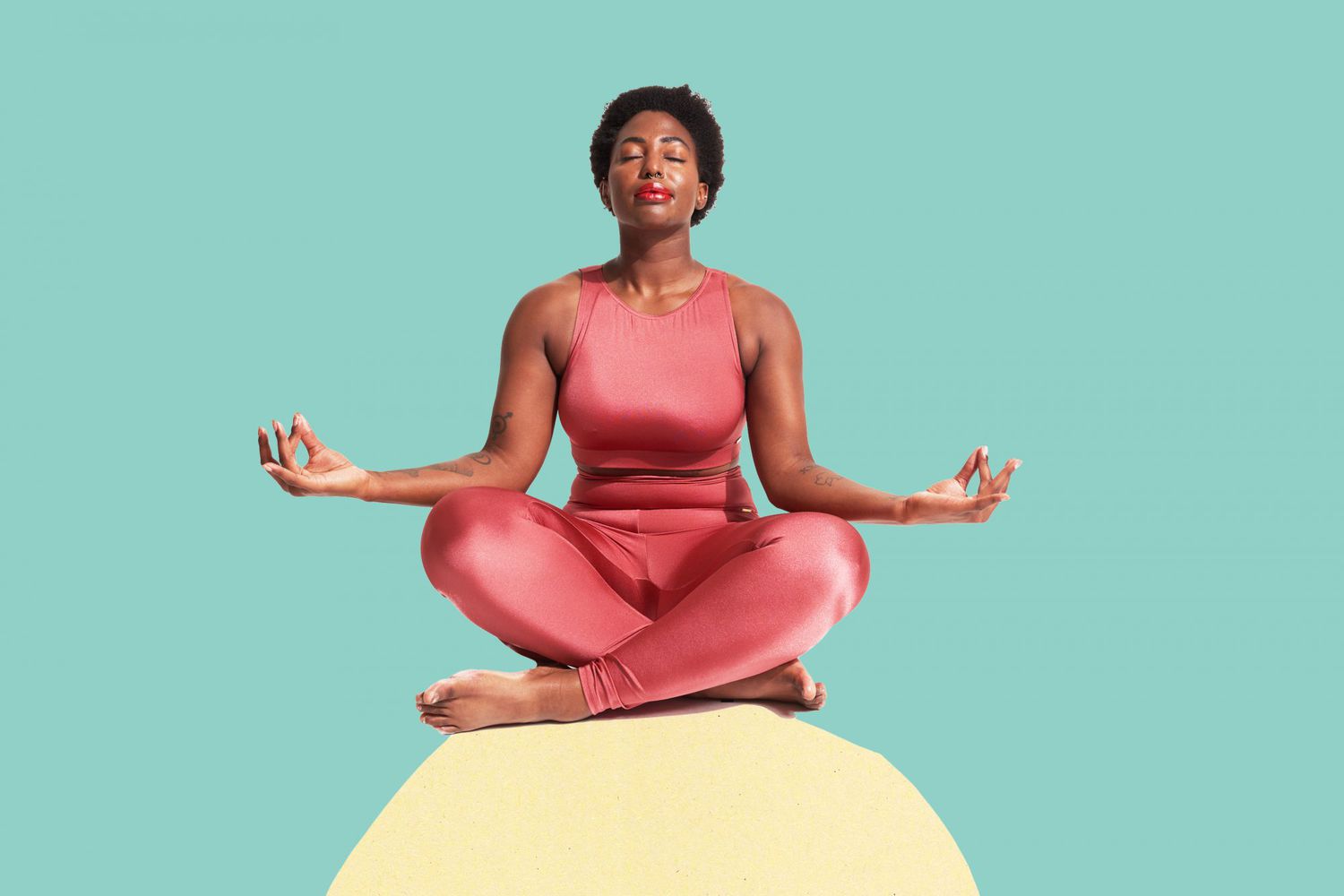
Everyday Mindfulness: A Beginner’s Guide to Meditation
The path of mindfulness and meditation leads to a realm of introspection and self-realization. The goal of this beginner’s book is to demystify meditation and provide easy-to-use methods for developing mindfulness in daily life. Whether your goal is stress alleviation, improved attention, or just a closer relationship with yourself, this guide offers helpful tips and strategies to support you on your journey to mindfulness.
Table of Contents
ToggleKnowing What Mindfulness Is
Understanding the idea of being totally present, involved, and judgment-free at the moment is a prerequisite for mindfulness. It involves being aware of your ideas, emotions, and physical experiences without becoming sucked into them. You can learn to observe your experiences without responding to them by engaging in mindfulness practices, which can lower stress and improve well-being. This practice is about developing mindfulness and acceptance of whatever emerges in the present moment, not about reaching a specific condition or clearing the mind. A nonjudgmental attitude toward oneself and others is fostered by mindfulness, which increases compassion and understanding.
Starting a Meditation Practice
Finding a peaceful place where you won’t be bothered, sitting comfortably in a chair or on a cushioned floor, and establishing a time restriction for your meditation session—starting small and progressively extending it—are the steps involved in getting started with meditation. There is no hard and fast answer to answer the common question “How long does it take for meditation to work?”, but regular practice over time usually produces results. This is a question that many newcomers have. The secret is to approach meditation with patience and an open mind, keeping in mind that each person’s experience with it may be different. Even a brief daily practice can yield significant advantages; longer sessions promote calm and greater understanding.
Conscious Breathing
By anchoring your attention in the present moment, mindful breathing entails paying attention to your breath. You can practice without trying to control your breathing by just paying attention to how it feels as it enters and exits your body. To gently bring your attention back to the breath anytime your thoughts stray, counting your breaths can assist you in staying focused and avoiding distractions. This exercise promotes serenity and relaxation as well as a better understanding of your thoughts and feelings without becoming sucked into them.
Meditation With a Body Scan
During a body scan meditation, you focus your attention on various body parts, ranging from your toes to the top of your head. You can work on this by methodically concentrating on each location and paying attention to any feelings that surface without attaching meaning or judgment to them. This exercise promotes calmness and a closer relationship with your body as you learn to recognize its cues and reactions. Regular body scan meditation can help you decompress, relieve physical discomfort, and develop an awareness of the present moment. It’s a mild yet effective practice that promotes general well-being and inner harmony by providing mental and physical advantages.
Walking With Awareness
Walking while paying close attention to the sensation is known as mindful walking. It is a type of meditation. Pay attention to every step you take, the way your body moves, and the feelings of your feet hitting the earth. Without getting sucked into your thoughts or other distractions, take in your environment, taking in the sights, sounds, and smells. You can incorporate mindfulness into daily activities by practicing mindful walking indoors or outdoors. Including mindful walking in your daily routine might help you develop a stronger sense of presence and gratitude for the basic act of getting around.
Developing Appreciation
Gratitude cultivation entails deliberately recognizing and valuing the good things in your life. To achieve this, set aside some time each day to think about the things in your life—be they opportunities, relationships, or small pleasures—for which you are grateful. It can be beneficial to have a thankfulness notebook where you can record certain instances or encounters that made you happy or fulfilled. You can develop a more optimistic attitude in life and divert your attention from negativity by expressing thankfulness regularly. This technique is a useful tool for self-care and personal development because it has been demonstrated to elevate resilience, boost mood, and increase general well-being.
Conclusion
Accept the learning and exploring process, and be kind to yourself while you develop this priceless ability. Practicing mindfulness regularly might help you feel more at ease, wise, and resilient when faced with obstacles in life. May you discover moments of peace and awareness amidst the chaos of daily life as you travel forward, and may the advantages of mindfulness spread, enhancing your relationships, your career, and your general well-being.


